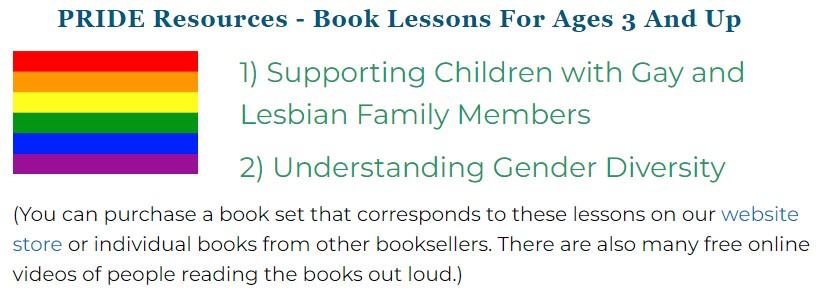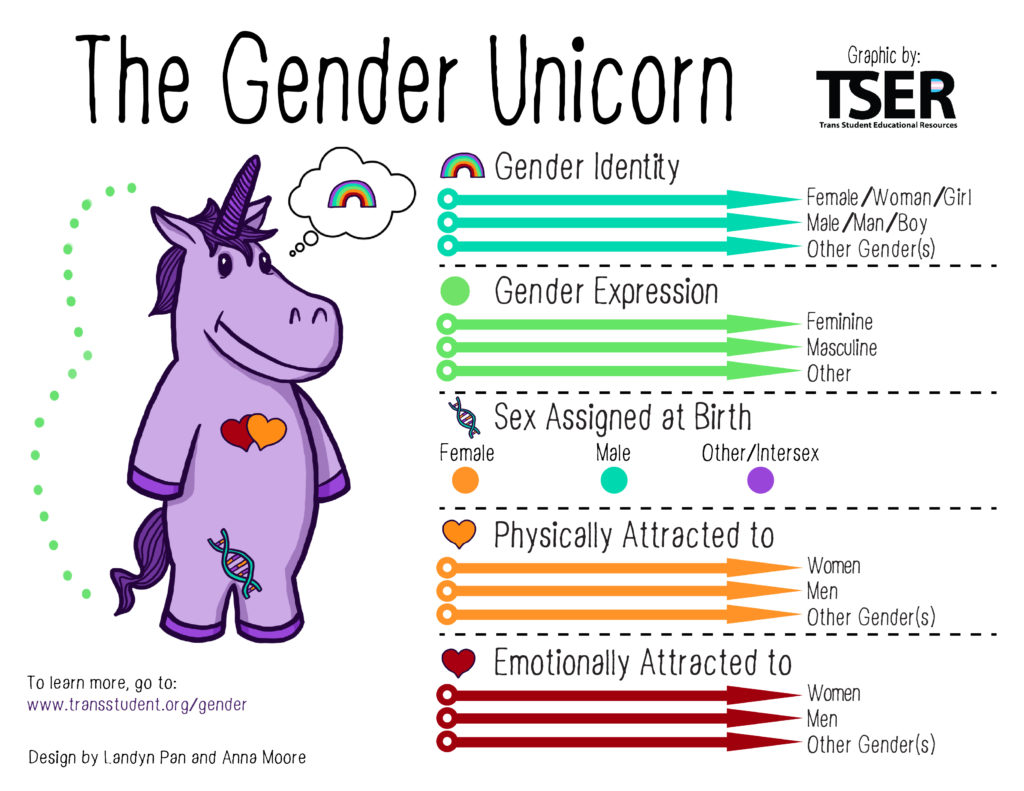
P.K. Yonge Developmental Research School provides students in sixth grade with in-depth lessons on the three forms of “sexual intercourse” and on “gender identity” using the “Gender Unicorn”
Incidents
- Issues
- Indoctrination
- Sex and Gender
A concerned community member provided Parents Defending Education with presentations given to sixth graders in a sexual education curriculum at P.K. Yonge Developmental Research School. The school provided the lessons to students in May 2022. The first presentation was titled “Puberty, Change, & Finding Accurate Information” and was provided to students on May 16. The lesson includes teaching students that they may want to start trying “risky things” and may also start having “wet dreams” during puberty.
The presentation tries to teach students what can be considered “reliable sources” on puberty. One question to determine a “reliable resource” is if the resource “believe[s] I have a right to info about sexuality.” The lesson also tells students to “scan the language” of a resource to see if it only talks about “abstinence.” The presentation appears to insinuate that a source is not reliable if it only discusses abstinence.
The lesson additionally tells students to “look for bias” and then dismisses religious views on sexual behavior. The presentation states: “Regardless of your own religion, a faith-based organization may have biases based on their own beliefs and teachings that may limit the extent of the sexuality-related information.“
The second presentation was titled “Human Anatomy & Reproduction” and was provided to students on May 17. The description of all the presentations state: “Fostering responsibility by respecting young people’s rights to honest sexuality education.” The presentation then appears to deny the reality of biological sex:
Most people who have biological male reproductive parts are boys and most people who have biological female reproductive parts are girls, but sometimes people can have reproductive parts that don’t match who they are.
Rather than define the sexes by “male” or “female,” the presentation uses the descriptions “people with a penis” and “people with a vulva.”
The third presentation was titled “Decision Making, Boundaries & Healthy Relationships” and was provided to students on May 18. This presentation features a video titled “What Is Sexual Assault?” from the organization AMAZE. The video appears to touch on the topic of abortion by telling victims of rape or sexual assault that they should go to a hospital and that the hospital can help to “prevent illness or pregnancy.” [Time Stamp: 1:45]
AMAZE is an organization that promotes “PRIDE resources” for children as young as toddlers on its website. In a document titled “Understanding Gender Diversity,” the organization provides caregivers with lessons to help “guide conversations with children on gender diversity, including gender identity and expression.” The lessons include books like My Princess Boy and When Aidan Became a Brother. AMAZE describes My Princess Boy as a story “about a little boy who loves the color pink, sparkly things, and being a princess.” The organization describes When Aidan Became a Brother as about a girl who transitioned to being a boy. Both books are aimed at children as young as 4 years old.

The fourth presentation was titled “Affection, Abstinence, & Understanding Love” and was provided to students on May 19. The presentation starts with the following learning goals:
- Describe the difference between “liking” and “loving”
- Define “sexual orientation” and its most common categories
- Demonstrate that they have a trusted adult with whom they can speak about sexual orientation, among other sexuality-related topics
- Differentiate between sexual orientation and gender identity
- List at least three non-sexual activities people can do to show others they like or love them
- Describe the three types of sexual intercourse, including whether/how they are related to human reproduction
- Define “abstinence” and its connection to pregnancy and STD prevention
The presentation later defines “gender identity” as “personal conception of oneself as male, female, both or neither.” The presentation then defines “sexual orientation” as “a person’s identity in relation to the gender(s) (or lack of) to which they are sexually, or romantically, attracted.” The presentation also features part of an edited image of the “Gender Unicorn” that has the unicorn removed from the photo. However, the graphs remain that show “gender identity” is on a spectrum. The “Gender Unicorn” is an image that schools have used in an attempt to teach children that gender exists on a spectrum.
The next slide of the presentation features another video from AMAZE titled “Range of Gender Identities.” A child discusses the idea of gender identity with her grandfather in the video. AMAZE outright promotes in the video that people should “use affirmed names and pronouns” and “be a friend or ally.”
The presentation then explains on a slide titled “Gender Identity” that “our gender has to do with being masculine, feminine, a combination of the two, or neither.” This slide provides the definitions of the terms “cisgender,” “transgender,” “non-binary,” and “genderqueer.” The definition for “non-binary” is “a person whose gender identity is not exclusively male or female.” The definition for “genderqueer” is a “person who does not subscribe to conventional gender distinctions but identifies with neither, both, or a combination of male and female genders.” The transgender flag is also shown on this slide.
The presentation then features another video from AMAZE titled “What is Sexual Orientation? LGBTQ+.” The video teaches viewers about the perceived sexual orientations “pansexual,” “asexual,” and “demisexual.” The next slide features different perceived sexual orientations with definitions. These include “pansexual,” “asexual,” and “aromantic.” The term “aromantic” is described as “a person who has little or no romantic attraction to others.”
The presentation also discusses sexual intercourse to sixth graders by stating: “When you get older, you may have a person you care about and there may be different ways you will want to express your affection or love – which may include doing something sexual together.” The presentation then provides the following forms of sexual intercourse with definitions:
- Oral Sex – contact between one person’s mouth and another person’s genitals
- Anal Sex – when a person’s penis goes inside a person’s anus
- Vaginal Sex – when a person’s penis goes inside a person’s vagina

Stay Informed
